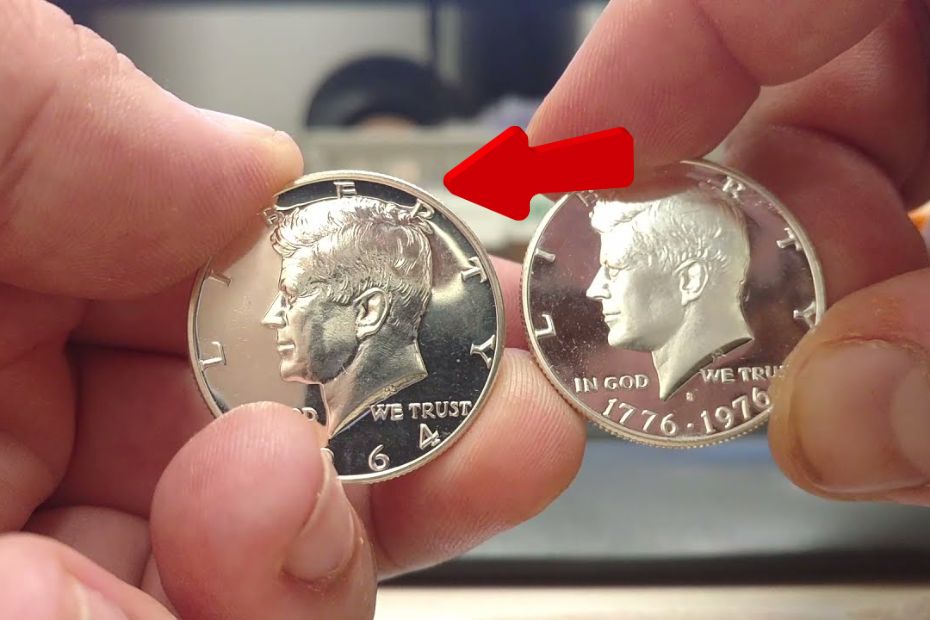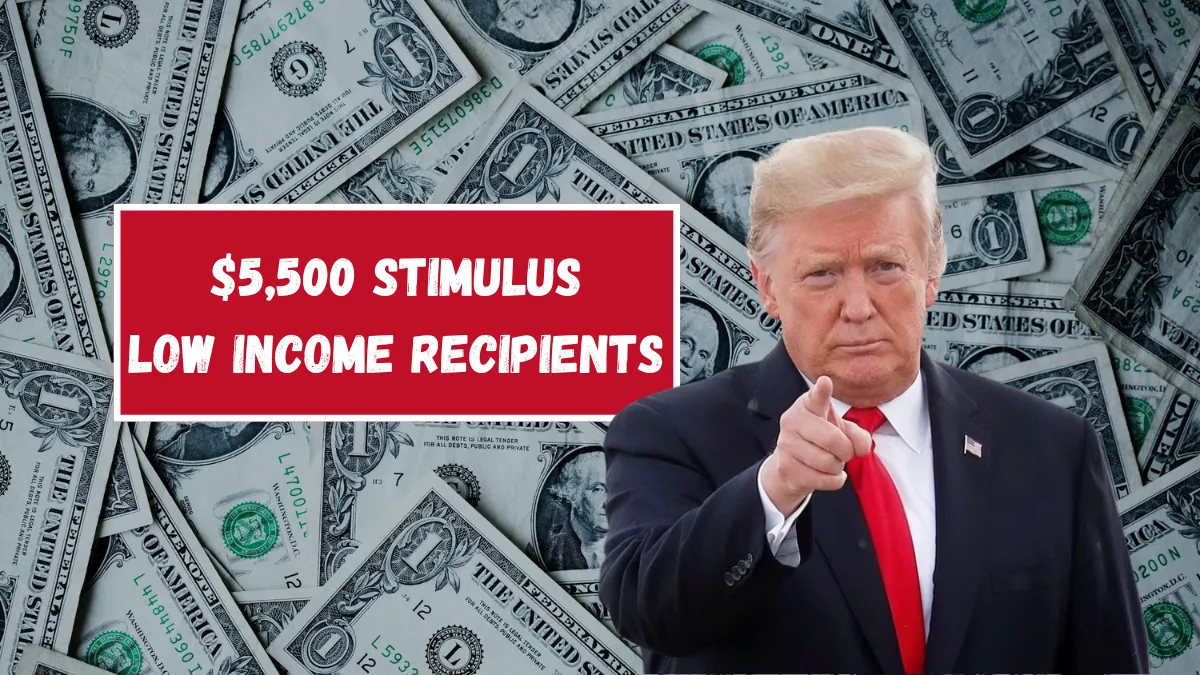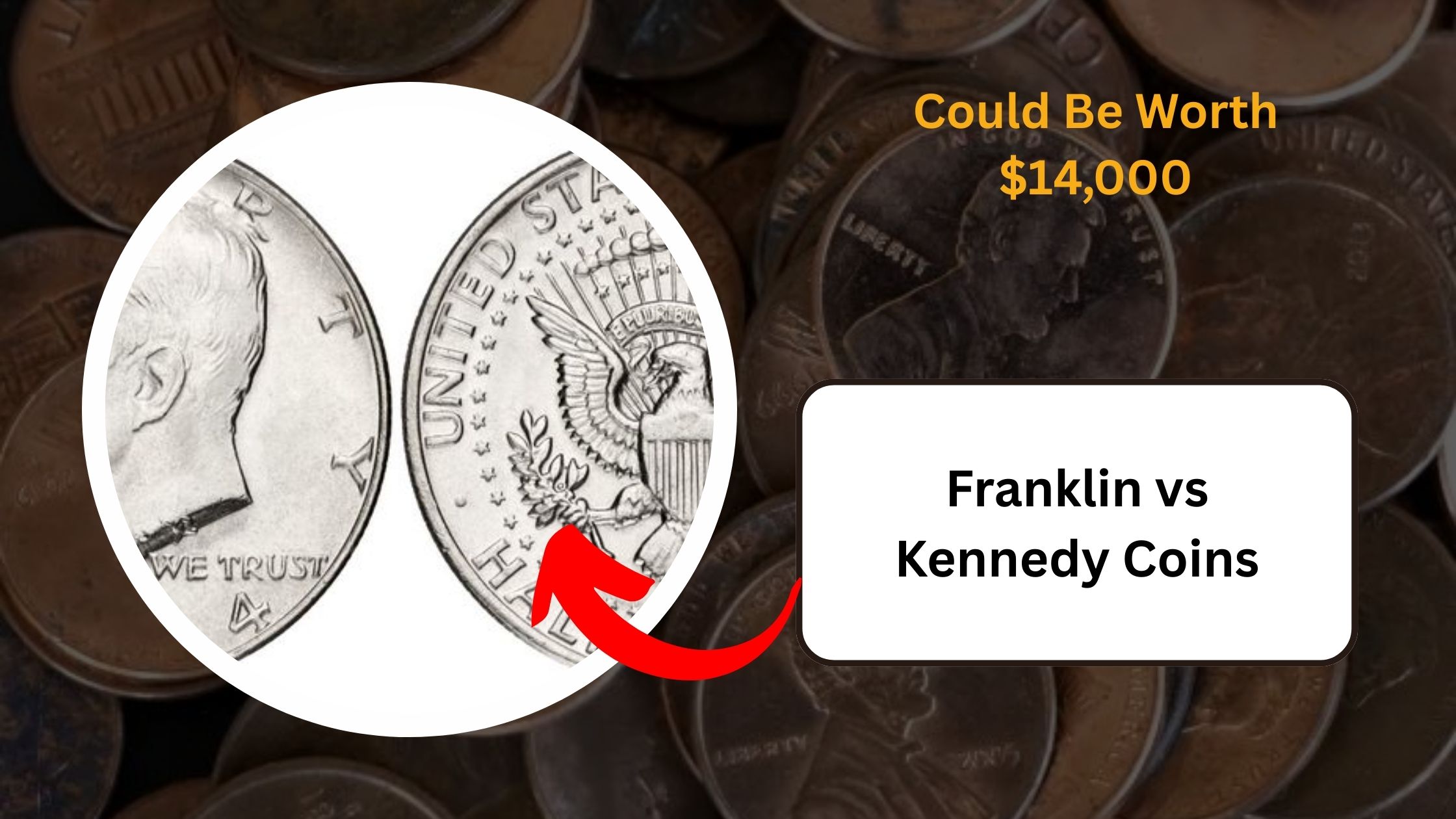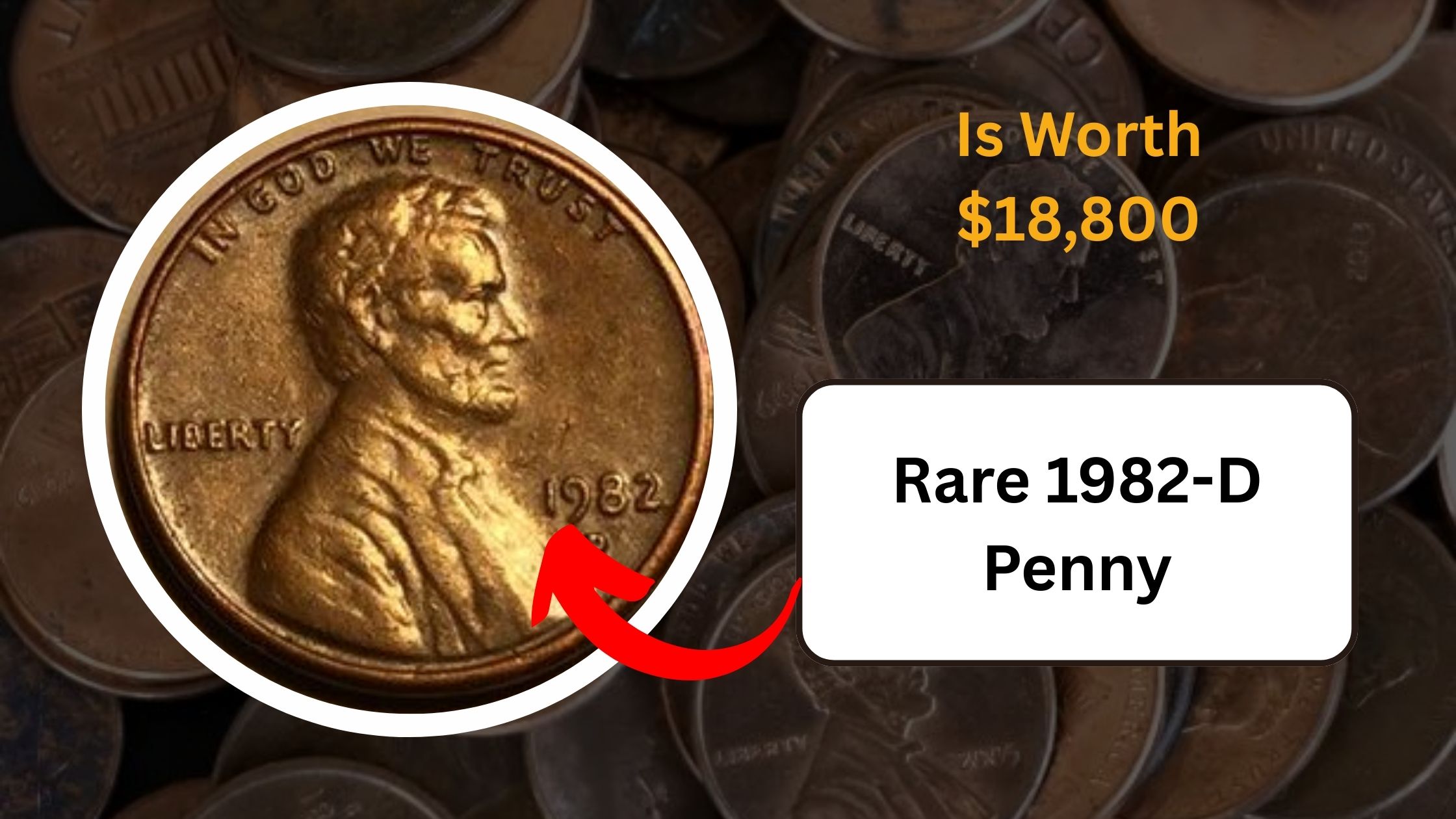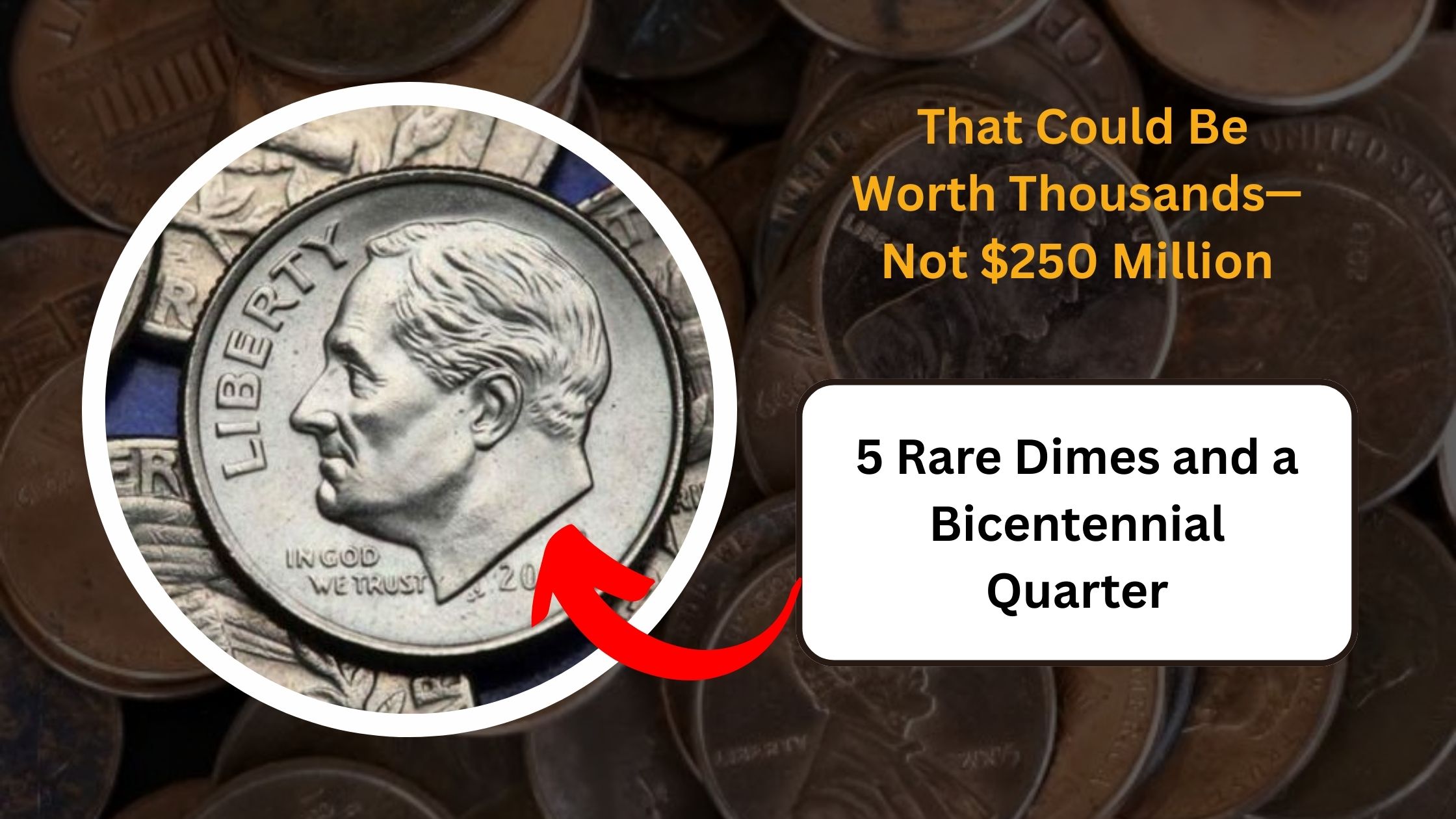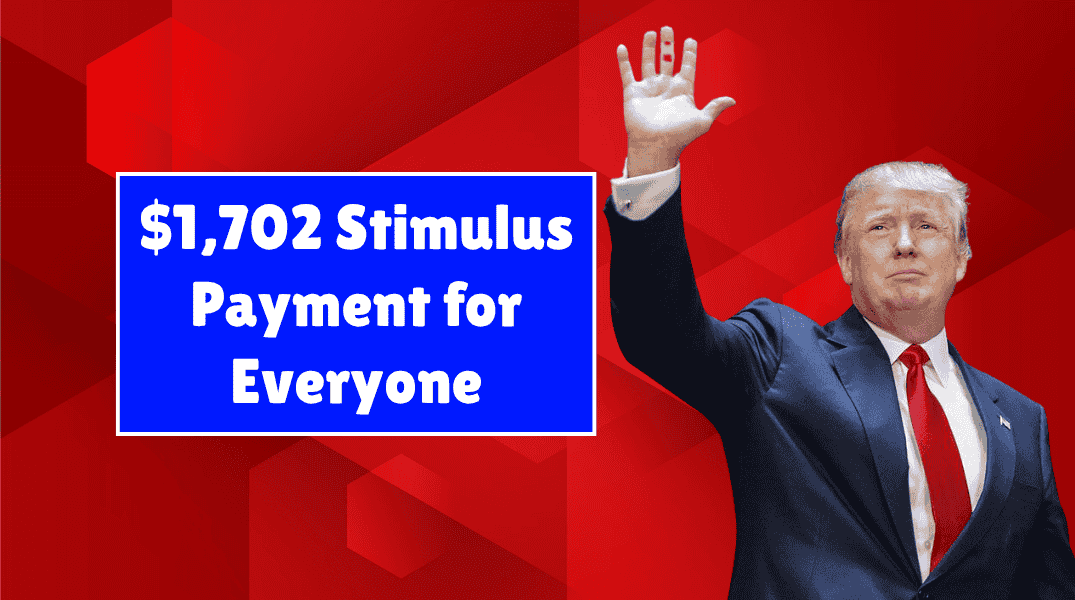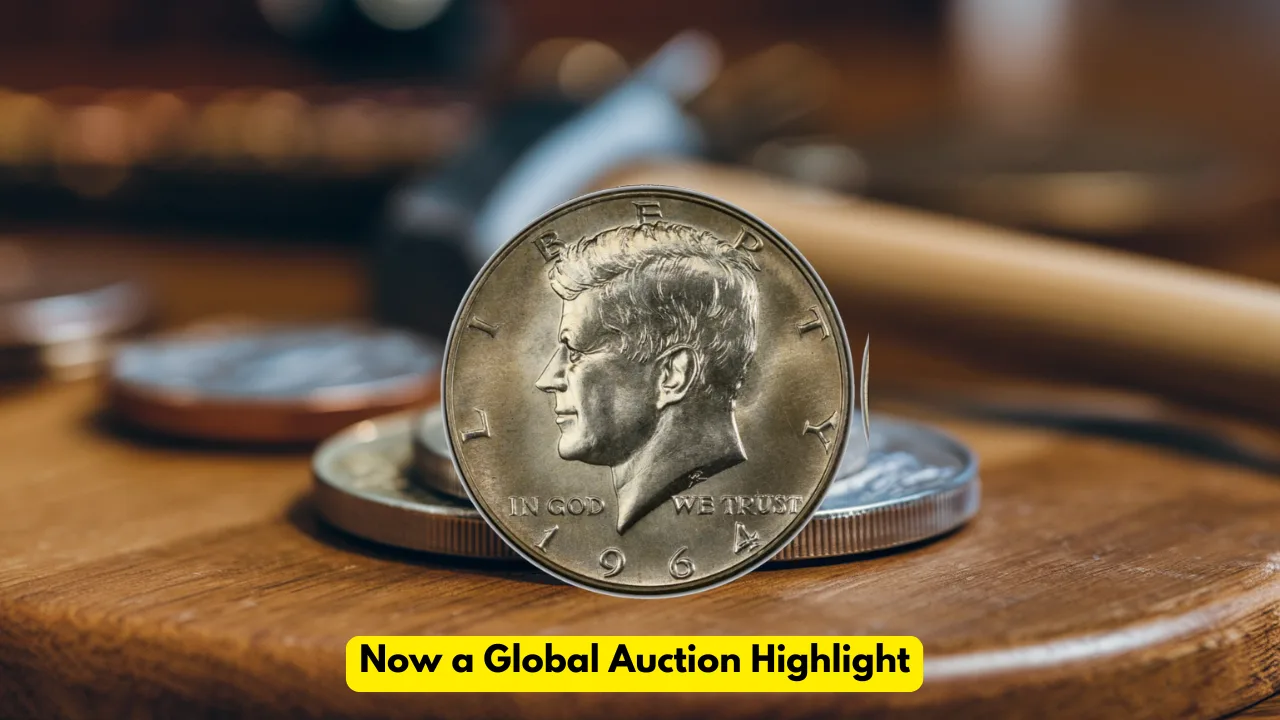Proof Coins vs Uncirculated Coins: When you start exploring coin collecting or investing, you’ll often encounter the terms “proof coin” and “uncirculated coin.” At first glance, they may seem similar, but they have key differences that set them apart. These differences go beyond just their appearance, extending to their minting process, rarity, and value.
Let’s break down what makes each one special and how to choose between them.
What Is a Proof Coin?
Proof coins are a unique category of coins that are primarily made for collectors, offering both exceptional detail and a high level of craftsmanship.
Minting Process
Proof coins are struck at least twice with highly polished dies. This extra striking process helps create sharper, more detailed designs. The dies are specially prepared and polished by hand, and the coin blanks (called planchets) are also carefully treated before being struck.
The result is a coin with a mirror-like background (called the “field”) and frosted raised details (called “cameo”).
Appearance
Proof coins are easy to spot because of their mirror-like finish on the flat surfaces and frosted, almost matte details on the raised designs. This contrast gives proof coins a photographic or “camera-ready” quality that makes them stand out in a collection.
Rarity
Proof coins are minted in much smaller quantities than regular coins, which makes them more rare and valuable to collectors. Their limited mintage often leads to higher demand.
Packaging
To preserve their flawless appearance, proof coins are sold in protective packaging, often in velvet or satin-lined boxes.
Value
Due to their superior finish, rarity, and collector appeal, proof coins typically command a higher price than uncirculated coins. Their value is driven by both their unique finish and limited production.
What Is an Uncirculated Coin?
An uncirculated coin, also known as a “mint state” coin, is a coin that has never been used in everyday transactions. It shows no signs of wear and retains its original mint luster.
Minting Process
Unlike proof coins, uncirculated coins are struck only once with standard dies. They are produced in much larger quantities than proof coins and are designed to be used for circulation. While they’re shinier than circulated coins, they don’t have the same mirror-like finish as proof coins.
Appearance
Uncirculated coins typically have a bright shine, but you might notice small imperfections called “bag marks.” These are tiny nicks or scratches caused by coins rubbing against each other during storage or transport at the mint. While uncirculated coins lack the polished finish of proof coins, they still look pristine.
Rarity
Uncirculated coins are more common than proof coins because they are produced in large quantities. However, they are still much rarer than circulated coins.
Packaging
Uncirculated coins are usually sold in protective holders, but they aren’t placed in the special, luxurious packaging that proof coins receive.
Value
Uncirculated coins generally cost less than proof coins but are more valuable than regular circulated coins because they’re in pristine condition and have never been used for daily transactions.
Key Differences Between Proof Coins and Uncirculated Coins
| Feature | Proof Coins | Uncirculated Coins |
|---|---|---|
| Minting Process | Struck multiple times with polished dies | Struck once with standard dies |
| Finish | Mirror-like background, frosted design | Natural mint luster, less reflective |
| Quantity Minted | Limited, collector-focused | Large quantities, intended for circulation |
| Packaging | Special protective cases | Protective holders, less elaborate |
| Rarity | Rarer, more collectible | More common but still pristine |
| Price | Higher premium due to finish and rarity | Lower than proofs but higher than circulated |
| Purpose | Made for collectors and investors | Made for circulation but preserved |
Which Should You Collect?
Choosing between proof coins and uncirculated coins depends on your collecting goals and budget.
- Proof coins are perfect if you’re looking for coins with a striking appearance, rarity, and are willing to invest a bit more money for the highest quality and presentation.
- Uncirculated coins offer a more affordable way to collect coins in excellent condition. They are a great option for beginners or collectors who want to build a collection based on specific years or mintages without spending as much.
FAQs
Can uncirculated coins be used in transactions?
Yes, uncirculated coins are minted for circulation, but because they haven’t been used in everyday transactions, they remain in pristine condition.
What is the difference between Proof Coins vs Uncirculated Coins?
Proof coins have a mirror-like finish and are minted in small quantities for collectors, while uncirculated coins have mint luster and are produced in larger numbers for circulation.
Why are proof coins more expensive than uncirculated coins?
Proof coins are struck multiple times with polished dies, giving them a more detailed and high-quality finish, and they are produced in limited numbers, making them rarer and more valuable.
